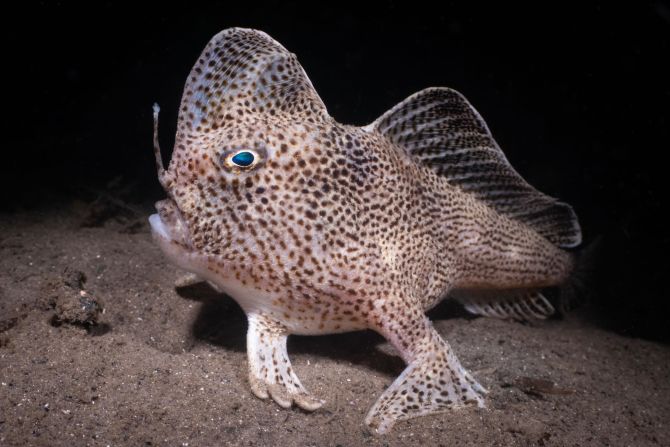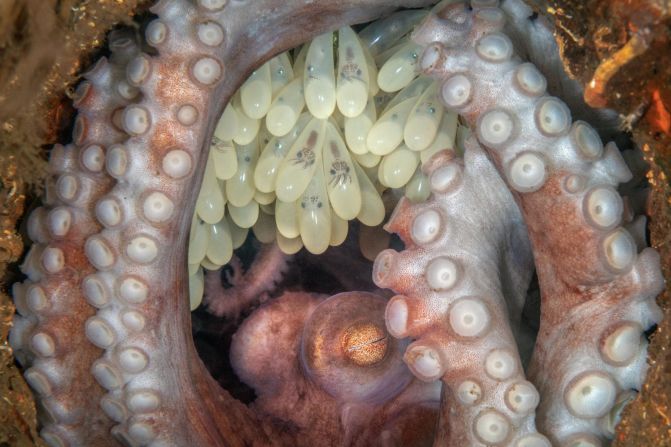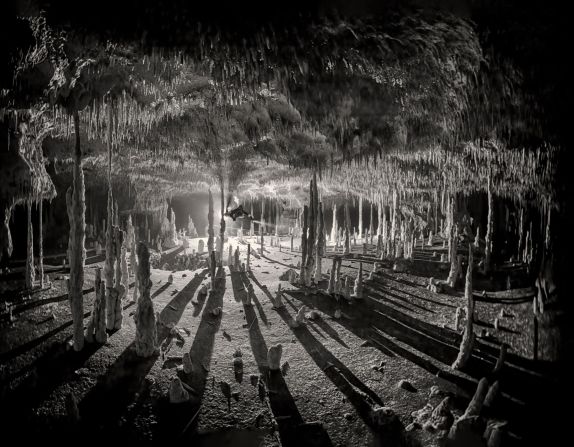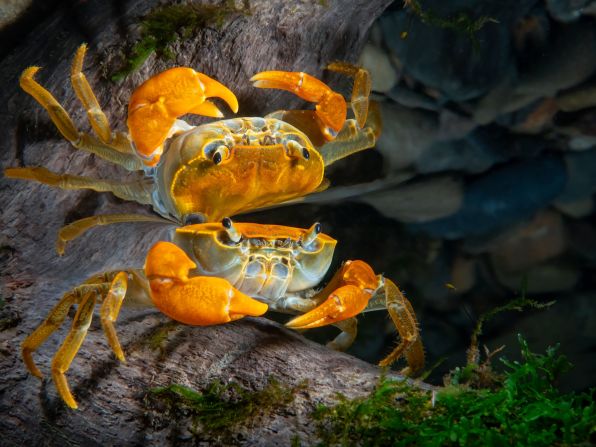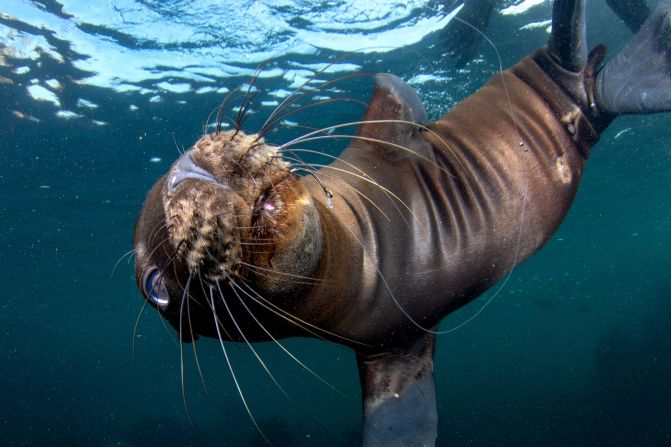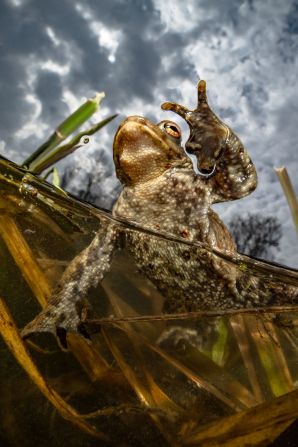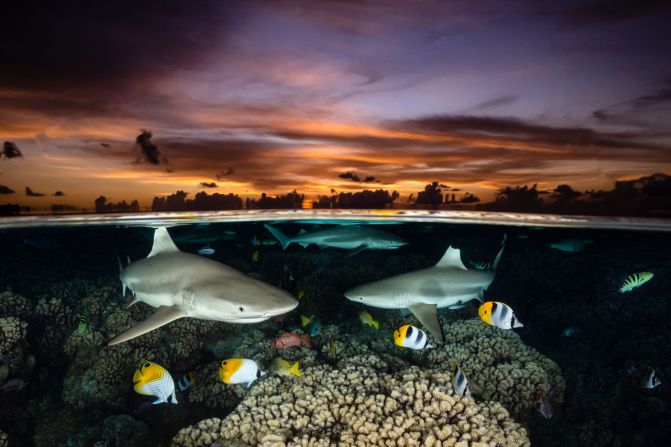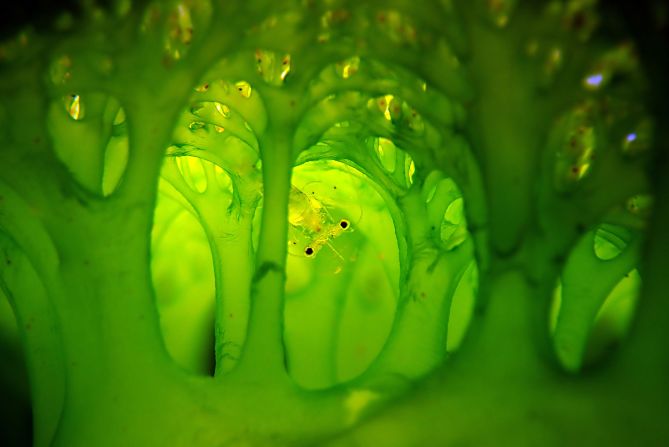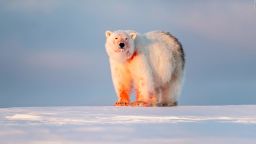Editor’s Note: Call to Earth is a CNN editorial series committed to reporting on the environmental challenges facing our planet, together with the solutions. Rolex’s Perpetual Planet initiative has partnered with CNN to drive awareness and education around key sustainability issues and to inspire positive action.
In the dark and silty depths of Tasmania’s Derwent River, an unusual kind of fish can be found walking – not swimming – along the riverbed. The spotted handfish, which moves using pectoral fins that look like hands, lurks in the murky depths, ready to pounce on any prey it attracts with the fluffy lure above its mouth.
Its cream coloring and dark brown or orange spots blend in with the sandy floor, making the fish hard to spot, and even harder to photograph. This, coupled with the fact that the species is critically endangered, with fewer than 3,000 individuals thought to remain in the wild.
But French photographer Nicolas Remy was determined to see the elusive fish for himself. In 2022, he traveled from his base in Sydney to Australia’s coldest state, and dived into the waters of the Derwent which were a chilly 11 degrees Celsius.
An hour in, he spotted the first handfish, but with the burst of his camera flash it was gone. All the photograph had captured was a cloud of silt. Remy realized he would have to hone his technique for this species and spent three consecutive days and a total of nine hours in the river.
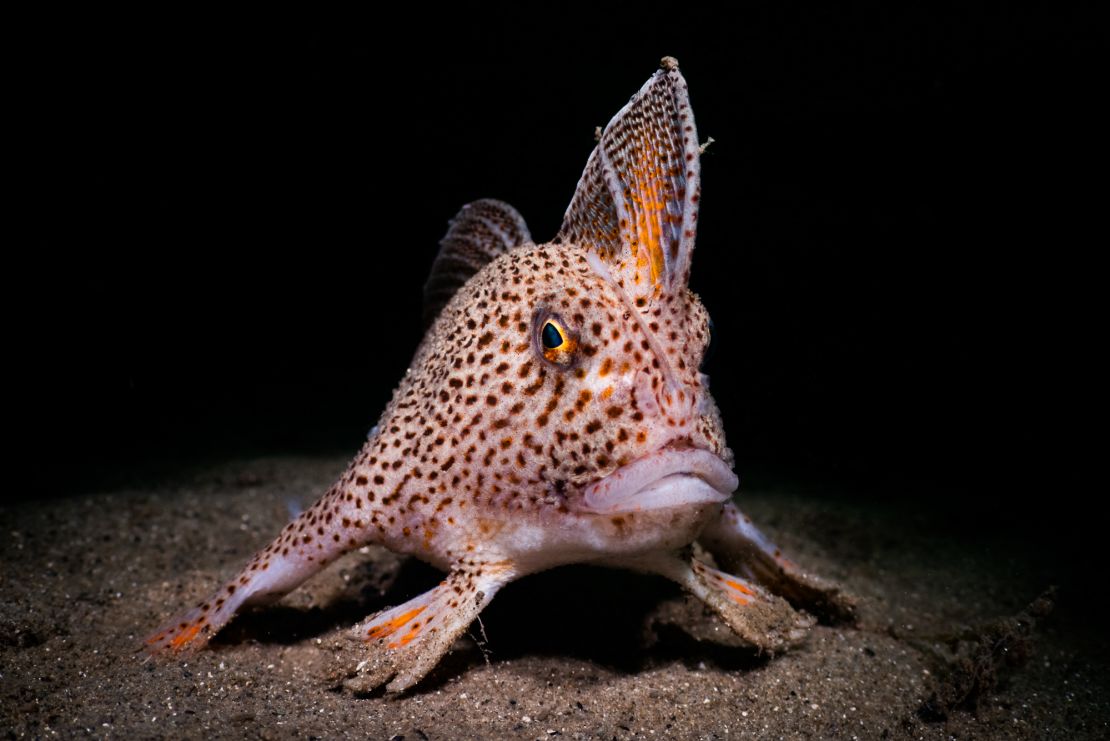
Eventually, after mastering a special swimming technique with his flippers that didn’t stir up the silt, and using a different kind of lighting device that created a narrow spotlight, Remy got his shot – a close-up of the charismatic fish, with its “hands” and the fluffy lure in plain sight. The photograph went on to win first place in the cold-water category of the Underwater Photography Guide’s Ocean Art 2022 contest.
Remy hopes that his photographs will help to shine a light on this rare species that most people know – and care – little about. Using portrait-style photography, he wants to create an emotional connection with the handfish, prompting people to get engaged in conserving the “very strange looking fish.”
Related: Extraordinary close-up images show insects as you’ve never seen them before
Saving the handfish
Efforts to preserve the spotted handfish, and its even more critically endangered relatives, the red handfish and Ziebell’s handfish, are ongoing. The National Handfish Recovery Team plans to revive all three species, which are found in the waters of south-eastern Australia. Of the red handfish, only 100 adults are thought to remain, while the Ziebell’s hasn’t been spotted in the wild since 2007.

“Low dispersal capability, small population size, and relatively low reproductive output make them susceptible to environmental disturbance,” says Jemina Stuart-Smith, chair of the National Handfish Recovery Team, who notes habitat loss, pollution and urban development as major threats. What’s more, their quirky method of walking rather than swimming, makes it difficult for handfish to use ocean currents to carry them away from degraded areas, she adds.
Recovery efforts involve monitoring populations of all three species, restoring their natural habitat, removing invasive species or over-abundant sea urchins, and working with aquariums to establish captive breeding programs and insurance populations. In the Derwent River, the team has planted artificial habitat to encourage spotted handfish spawning, which has already shown promising results in stabilizing populations, says Stuart-Smith.
But while there has been some progress, the situation is still urgent and the recovery team needs longer-term funding and resources, says Stuart-Smith. She hopes the Australian government’s recent threatened species action plan, which aims to prevent any new extinctions, will help as the red handfish is listed in the plan’s 110 priority species.

Generating awareness is also crucial to conservation efforts, she says, and photography can be an important medium for this.
Mark Strickland, American photographer and judge of the Ocean Art 2022 photo contest, agrees. He told CNN in an email: “By capturing and sharing beautiful images of such rarely seen species, underwater photographers can play an outsized role by creating awareness and concern among people who might otherwise be unaware of the plight being faced by these species and the fragile habitats where they reside.”

